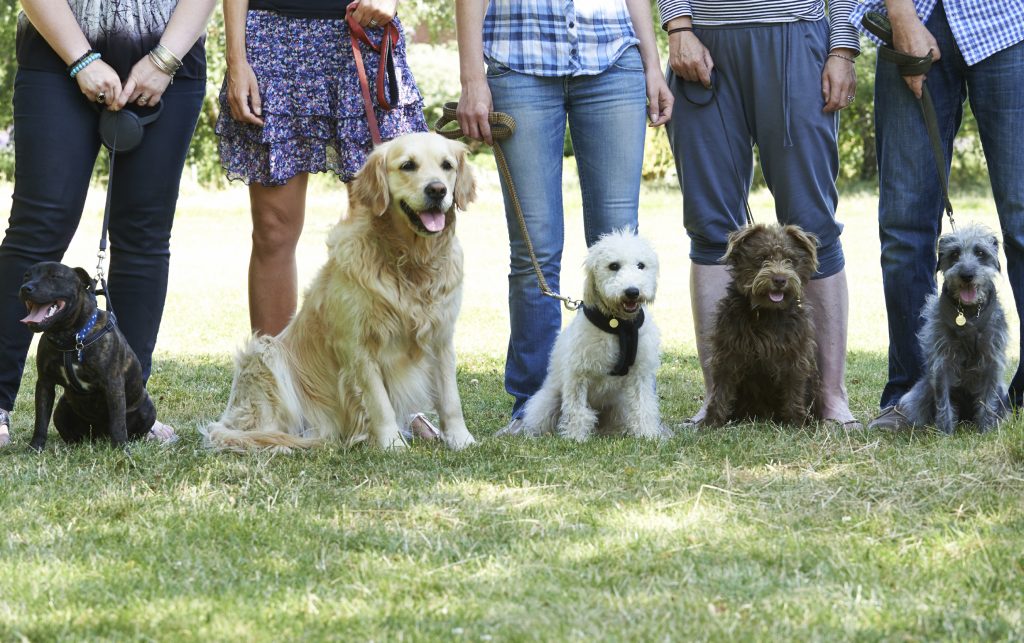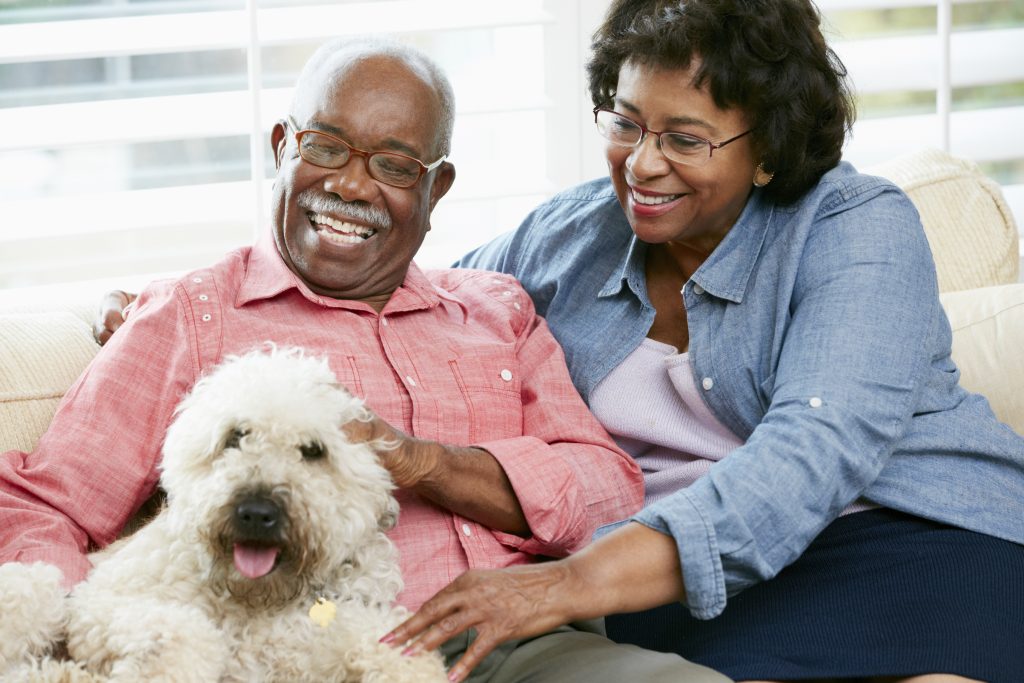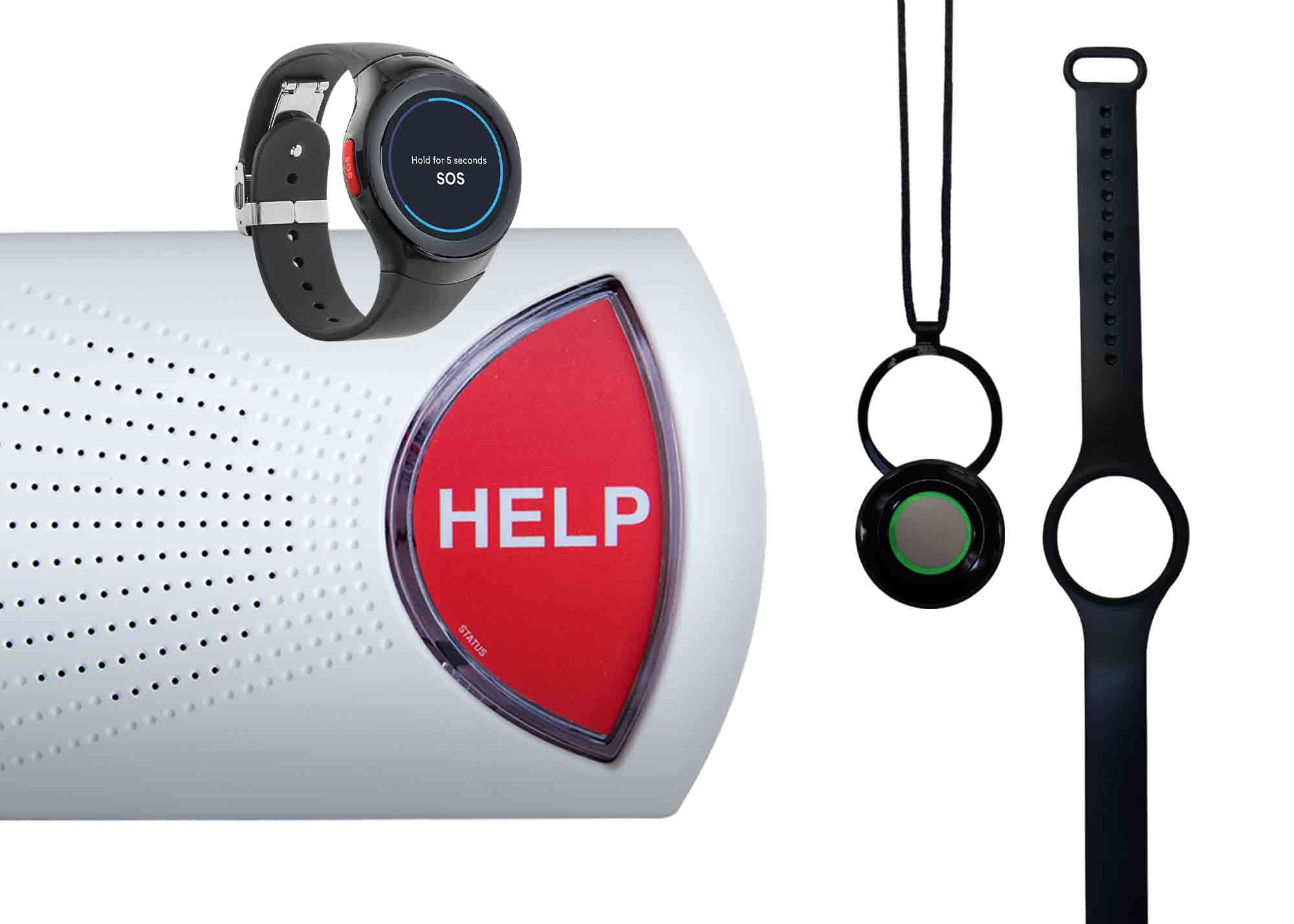Is My Dog Trying To Kill Me? Senior Falls and Pets
October 19, 2016
A recent study of emergency room visits found that “the number of incidents caused by dog walking has more than doubled” in the 13-year period covered by the study. Researchers attributed the increase to increased pet ownership among people over 65 as well as increased physical activity among that group. Don’t send Fido or Fluffy packing though: use these tips to minimize the risk.
Keep Pets Out of the Bedroom at Night
As much as we love our pets, they can interfere with a good night’s sleep. The Mayo Clinic Sleep Disorders Center found that 53% of people who sleep with pets reported that the animals disrupted their sleep at least once per night. As people age, they often have difficulty sleeping and get up a lot at night. A pet in the bedroom may make the problem worse.
That “thing that goes bump in the night” shouldn’t be someone tripping over the cat. A dog or cat underfoot can be a real tripping hazard for someone who’s half-awake and shuffling around in a darkened room. This is just one more reason it’s important to wear your medical life alert pendant/bracelet at all times.
Send Your Dog to Obedience School

Dog walking is a great form of exercise: a Canadian study found that seniors with dogs walk almost twice as much each week (300 minutes) compared to seniors without dogs (168 minutes). Even so, be sure your pet is well trained. Think of the times you’ve seen dogs walking their people instead of the other way around. An excited dog jumping or pulling on the leash can easily cause a fall and injury.
Always keep both hands on the leash because the sight of a squirrel or another dog can overcome even the best-trained pooch. Place one hand on the end of the leash and the other lower down, closer to the dog. That gives you more control, and you can react more quickly and safely to a sudden jerk on the leash.
Be Alert to Tripping Hazards Indoors

According to a Center for Disease Control study, over 60% of falls involving dogs occur inside the house or nearby. 85% of cat-related falls happen indoors. Falling over a pet item is responsible for almost 10% of falls, so cut the clutter.
- Keep pet dishes, toys, chew bones, and other paraphernalia in containers when not in use. Even if it doesn’t cause a fall, a cat’s jingle ball or dog bone can be painful on bare feet.
- Bedding should be in a corner or spot that’s not part of the normal traffic flow in a room.
- Purchase pet items in bright colors and patterns. People with poor eyesight can more easily see them and avoid the potential hazard.
- Attach a bell to the animal’s collar. The jingle helps alert you when the pet is on the move and/or underfoot.
Understanding the danger of indoor falls is probably the most important way to reduce them. Always be alert to your pet’s location and keep pet items out of the way.
Consider a Senior Pet

Older dogs and cats are the least likely to be adopted at shelters and have the highest euthanasia rates – even though they are excellent companions. Many older owners surrender their animals because they have physical or financial limitations or are moving to a place that doesn’t allow pets. Many people worry that older shelter animals have something “wrong” with them, but that just isn’t true.
Older animals are often better behaved and less expensive to adopt than puppies and kittens. Most have already been spayed or neutered, learned basic commands, are house trained, and become calm, loving companions. You also won’t have any surprises, such as when that cute little puppy grows to be 80 pounds!
By the way, November is “Adopt a Senior Pet Month.”
Even though these tips are targeted toward seniors, it’s good advice for anyone with pets. During 2001-2006, over 86,000 people each year went to the hospital with dog and cat-related injuries – most of those were falls. Choose your pet carefully and train him/her to respond to commands and behave in a safe manner around people and other animals. That helps keep everyone safe, no matter what their age.
We thought you might also like:
INFOGRAPHIC: How Pets Help Seniors Stay Happy & Healthy
Online Pet Adoption Resources For Seniors


